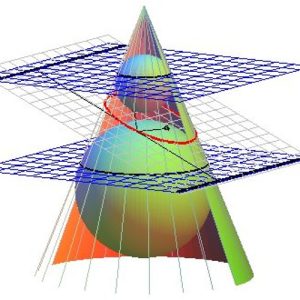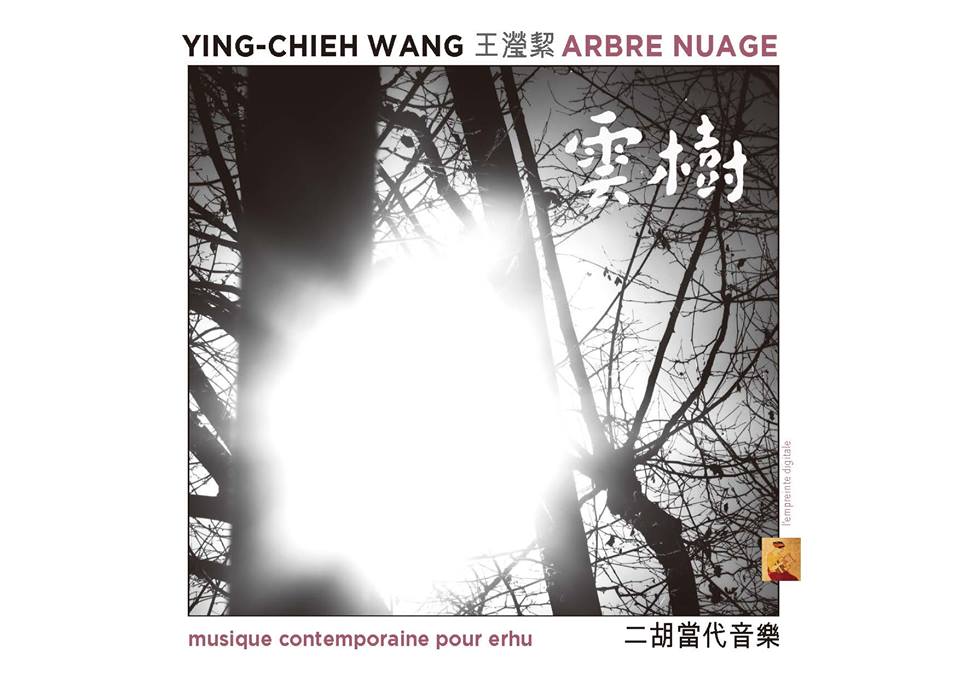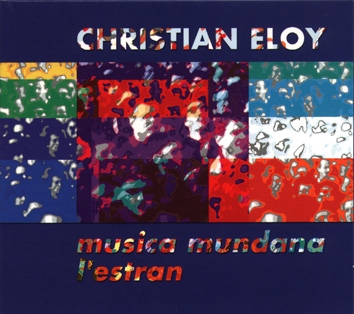for Tape alone
*2004*
Duration 16 min 40
State commission
created in the auditorium Olivier Messiaen – Maison de Radio France – Paris 14 mars 2004
For Aurélie
Even now, we still encounter the problematics of Platon and particularly of Aristote, suggested nearly 2500 years ago, concerning the nature of art and the role of the creator in the City.
According to Aristote, artistic creation (poèsis) is not simply rhetoric (diègèsis), but “imitation” (mimèsis), providing the possibility of purification (catharsis).
Mimesis must be understood to be not simply a copy of reality but a sort of renewal of this “energeia” which is the essence of life.
Since the 19th Century, first photographs, then cinema and the media – so omnipresent in the 20th Century, which have filled us with images and all kinds of representations – have tended to illegitimate the mimetic pretensions of painting, and even of music. The 20th Century witnessed the emergence of painters who refuse any relationship between their work and reality, along the various currents of abstraction, in addition to a stubborn resurgence of the cry “art for art’s sake”.
This was the reflection and its confrontation with the music of the 21st Century which gave me my departure point. Indeed, this work uses both sounds of “imitation” drawing their aesthetic value from the “world reality” and sounds of “images of creation” which re-create the energy and meaningful acts of life.
But let us go back to Aristote’s opposition of mimèsis and diègèsis, seized upon by Anglo-Saxon criticism, which distinguishes between the ideas of showing and telling : my work is also a discourse which evolves like an expedition and sometimes like an odyssey, in the history of the memory, drawn from narrations, interactions, relations, comparisons, imitations, exemplifications, from renewed meaning, from life.
Denying myself any equivocation between these two notions, I resolutely gave preference to “rendering the perceived impression in a new combination” (Paul Klee).
In its fundamental and atavistic ambiguity, where image and reality exist together, where meaning and abstract mingle ; to me, acousmatic music was the obvious choice of a language fitting my approach to these difficult themes.




